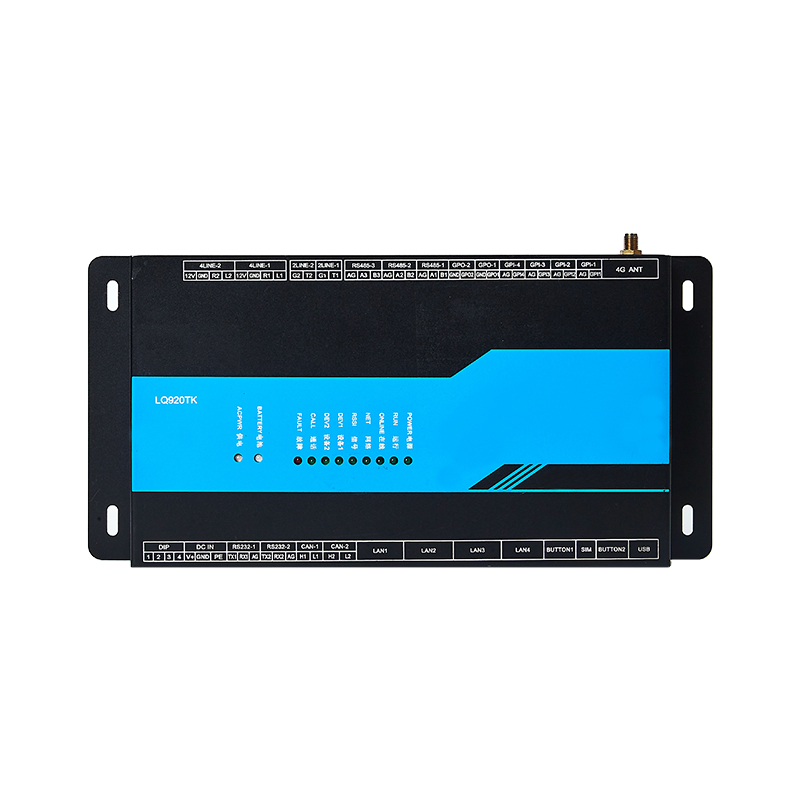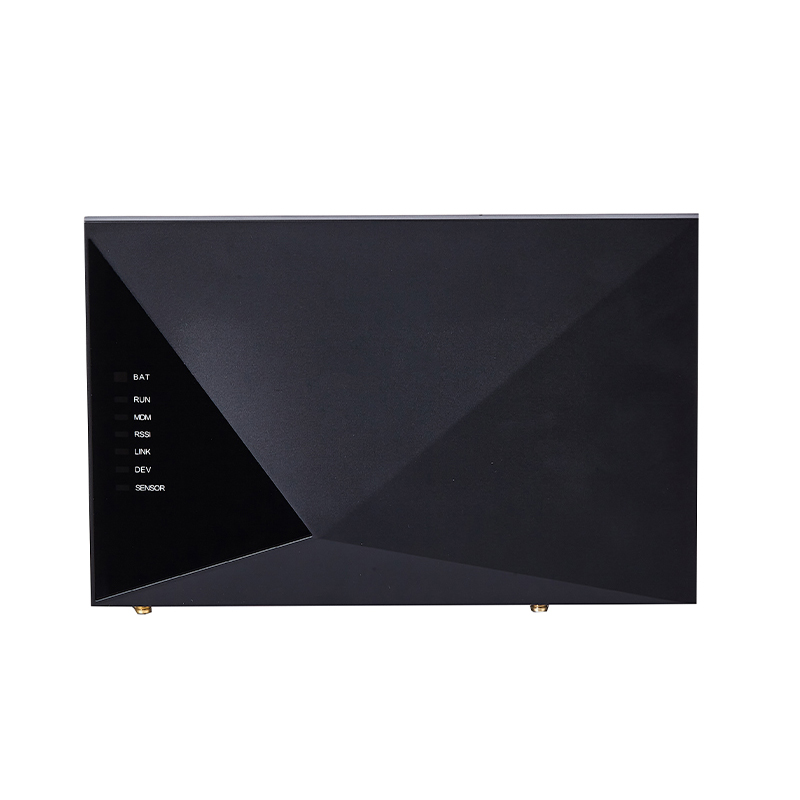How can an IoT gateway coordinator reduce data loss during protocol conversion?
Release Time : 2025-11-11
The IoT gateway coordinator plays a crucial role in connecting devices using different communication protocols to the cloud platform during protocol conversion. Its data loss rate directly impacts the reliability and stability of the IoT system. Reducing data loss requires a comprehensive approach across seven levels: protocol adaptation, data caching, error handling, resource management, network optimization, hardware design, and security mechanisms.
Accurate protocol adaptation is fundamental to reducing data loss. The IoT gateway coordinator must support multiple communication protocols, such as ZigBee, LoRa, and Bluetooth, and ensure matching data formats, transmission rates, and synchronization mechanisms during protocol conversion. For example, when converting ZigBee to Wi-Fi, the differences in frame structure, address allocation, and acknowledgment mechanisms must be addressed to avoid packet loss due to protocol incompatibility. Through a dynamic protocol parsing engine, the gateway can adjust its conversion strategy in real time, reducing data loss caused by protocol mismatch.
Data caching and retransmission mechanisms are common methods for addressing link instability. The gateway coordinator has a built-in circular buffer or dynamic memory pool to temporarily store packets awaiting conversion. When a transmission interruption or acknowledgment timeout is detected, a retransmission process is automatically triggered. For example, when using the MQTT protocol, QoS 1 (at least once) or QoS 2 (only once) levels ensure that data packets are retransmitted after the link is restored. Furthermore, timestamp synchronization technology marks the generation time of data packets, avoiding timing disruptions caused by retransmissions and further reducing the risk of data loss.
Error detection and correction capabilities directly impact data integrity. The gateway coordinator needs to integrate algorithms such as CRC checksum and parity check during protocol conversion to detect bit errors in data transmission in real time. For critical application scenarios, forward error correction (FEC) technology can be introduced to repair partially lost data blocks through redundant coding. For example, in the Industrial Internet of Things (IIoT), the gateway performs real-time verification of sensor data streams. If a data packet verification fails, it immediately requests the source device to retransmit, preventing erroneous data from entering the system.
Resource management and load balancing are crucial for ensuring the stable operation of the gateway. The IoT gateway coordinator needs to allocate CPU, memory, and network bandwidth resources reasonably to prevent data processing delays or data loss due to overload. Through dynamic priority scheduling algorithms, gateways can prioritize high real-time tasks, such as alarm signals or control commands, while limiting the transmission frequency of non-critical data. For example, in a smart factory, the gateway hierarchically processes equipment status monitoring data and production control commands to ensure zero loss of critical commands.
Network optimization and link selection improve data transmission reliability. The gateway coordinator needs to support multiple network access capabilities, such as simultaneous connection to Wi-Fi, 4G/5G, and Ethernet, and dynamically switch the primary link based on signal strength, bandwidth, and latency. For example, in remote agricultural monitoring, the gateway prioritizes Wi-Fi transmission of image data, automatically switching to the 4G network when the Wi-Fi signal weakens to avoid data loss due to a single link failure. Furthermore, network congestion control algorithms can adjust the transmission rate in real time to prevent packet loss caused by buffer overflows.
Hardware design redundancy and adaptability are the physical basis for reducing data loss. The gateway coordinator needs to use industrial-grade components, support a wide operating temperature range (-40℃ to 85℃), and be resistant to electromagnetic interference. With dual power backup, dual SIM card design, and a watchdog timer, the gateway can automatically switch to the backup module in the event of hardware failure, ensuring continuous data transmission. For example, in traffic signal control systems, the gateway's dual-link design reduces the failure rate to less than 0.01%, ensuring smooth urban traffic operation.
Security mechanisms and data encryption prevent data loss due to unauthorized access. The gateway coordinator must integrate TLS/SSL encryption, authentication, and access control functions to ensure the confidentiality and integrity of data during transmission. For example, in medical device monitoring, the gateway uses AES encryption and an RBAC permission model to allow only authorized users to access device data, preventing system anomalies caused by data leakage or tampering.







